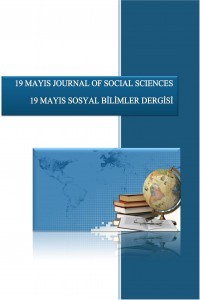
19 Mayıs Sosyal Bilimler Dergisi
Yazarlar: Antonius SURATNO, Erdhi Widyarto NUGROHO -
Konular:Eğitim Psikolojisi
DOI:10.52835/19maysbd.879307
Anahtar Kelimeler:Augmented reality,Learning media,Blended-learning,Reading English
Özet: Augmented Reality (AR) is a cutting-edge technology used for various learning media including for English learning. The advantage of AR in teaching is its ability to add multi-media objects to traditional teaching materials that motivate students to learn. The purpose of the study was to experiment with the use of AR-based game as additional material to the face-to-face teaching and learning in the blended learning model to improve English reading skills in secondary schools. This study employed a quasi-experimental method based on a pre-test and post-test design deploying statistical analysis. The whole research project involved a questionnaire and Focus Group Discussion (FGD) data collection to be presented separately. The results of the experiment showed that the results of the correlation test respectively show the Pair 1 number = .406 at the significance level of 0.17; Pair 2 = .288 at the significance level of 0.99 'Pair 3 = .030 at the significance value of 8.86, and the results of the Paired Sample Test' showed the value of "Paired Differences" of -5.569. This value indicated the difference between the pre-test and post-test results with a difference between -6,674 to -4,464 at the 95% confidence interval. The results of this experiment rejected hypothesis 0 which suggests that as the ArReadSpeed game is combined with teaching in the context of classroom learning result in good learning outcomes, making it a good blended learning model. The results of this experiment confirmed that the use of AR-based games for blended-learning contexts is an appropriate learning model.